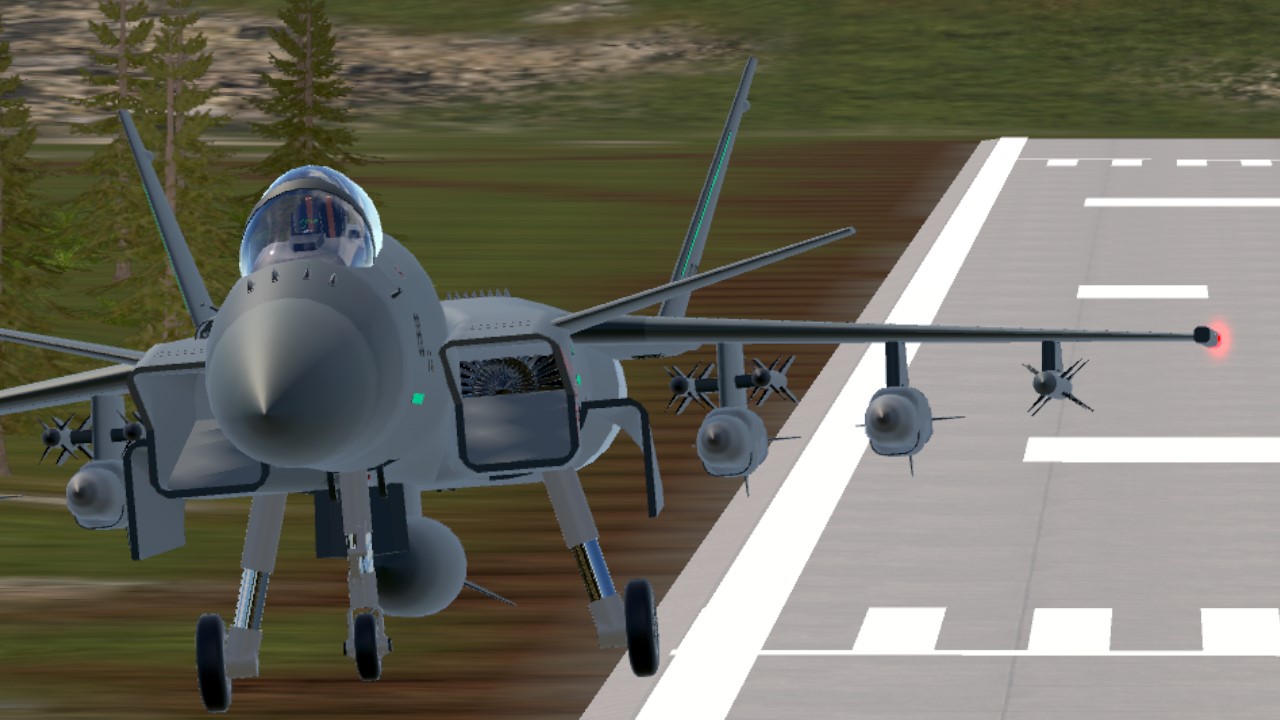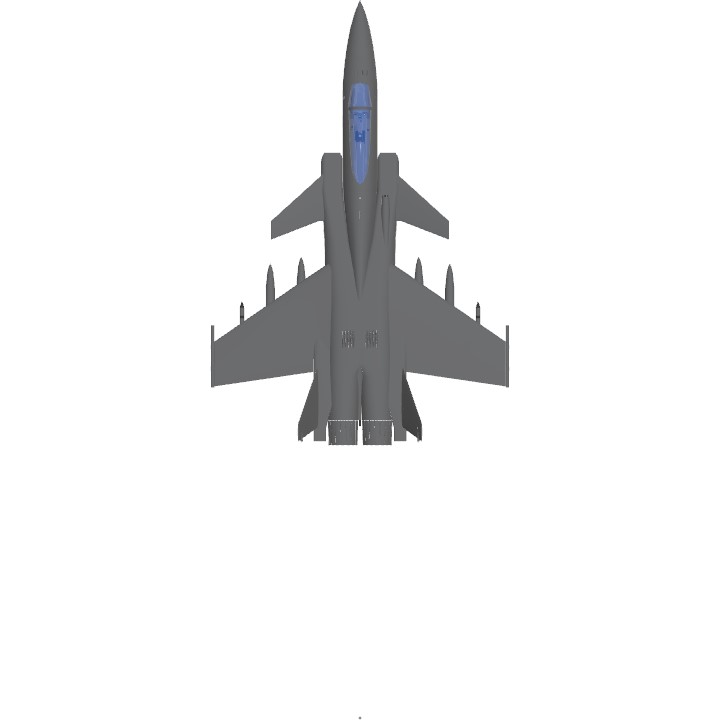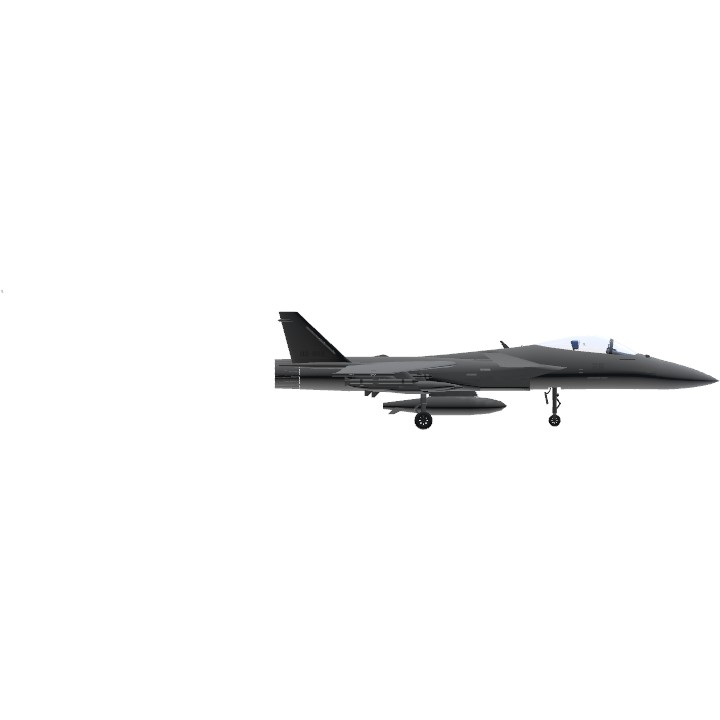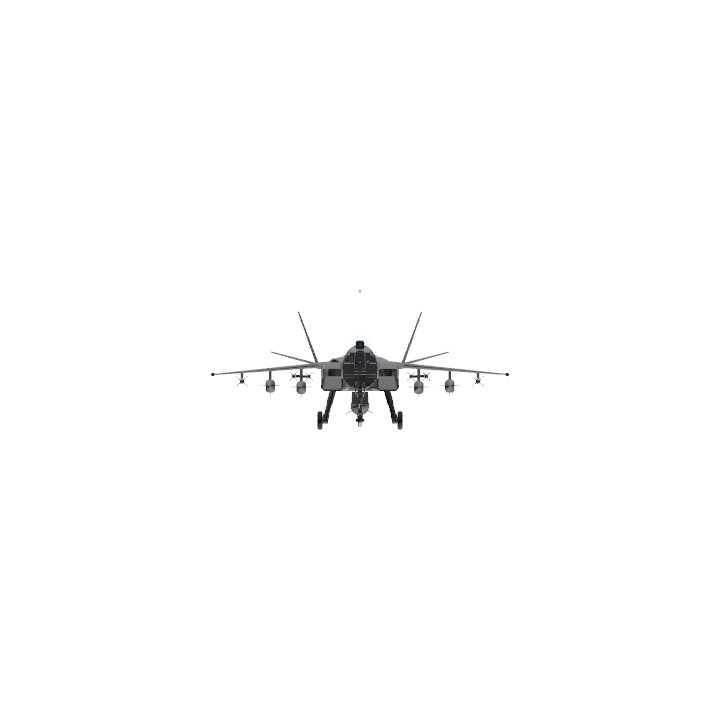This time, we are also making some interior design!
Landinggear is weak, so watch out!
Background
In 1982, Japan decided to develop a successor to the F-1 fighter aircraft it had been operating.
At that time, the Japanese government decided that the successor
·The aircraft must have a combat radius of 450 nautical miles when equipped with four ASMs.
·Be capable of carrying two to four short-range and four medium-range AAMs, respectively.
·All-weather operational capability
·Advanced electronic warfare capability
In response to this request, Mitsubishi Heavy Industries responded, "Development of all but the engine can be done in Japan. This response was perceived as a blatant inducement to the development of a domestically produced fighter, and was pursued by Congress and others as well as the nearly impossible requirement for a fighter in operation at the time, which was to have a combat radius of 450 nautical miles with four ASMs installed.
Kawasaki Heavy Industries was also involved in the design of the domestically produced proposal, and together with Mitsubishi submitted a design proposal in 1985. Both companies' designs had twin vertical tails and twin engines with a thrust rating of 8 tons. Kawasaki's design had a shape similar to the F/A-18, while Mitsubishi's was equipped with a large canard.
Mitsubishi concept

Kawasaki concept

Controls
Throttle : Throttle(If AG1 is enabled, Throttle doesn't work)
Brake : Brake
AG1 : Cruising speed maintained (about 985km/h)
AG2 : Enable airbrake
AG3 : Enable weapons
AG4 : Weapons dumping
AG5 : Close canopy and
AG6 : Activate the arresting hook
AG7 :Open radome
AG8 :Activate engine and flight control surface
Gallery




HAVE FUN!!!
Specifications
Spotlights
- Dimkal 2.6 years ago
- KingOfTypos 2.6 years ago
- karameji 2.6 years ago
- AnomalyYeet 2.6 years ago
- KmsGelvain 2.6 years ago
- SonsoftheMoth 2.6 years ago
General Characteristics
- Created On Windows
- Wingspan 39.4ft (12.0m)
- Length 95.1ft (29.0m)
- Height 18.4ft (5.6m)
- Empty Weight N/A
- Loaded Weight 32,813lbs (14,883kg)
Performance
- Power/Weight Ratio 13.629
- Wing Loading 45.9lbs/ft2 (224.0kg/m2)
- Wing Area 715.1ft2 (66.4m2)
- Drag Points 4575
Parts
- Number of Parts 826
- Control Surfaces 4
- Performance Cost 4,644





Kawasaki concept looks like a downsized Legacy Hornet
You pro
Glad im not the only one who finally built one :D
Nice design, i like it.